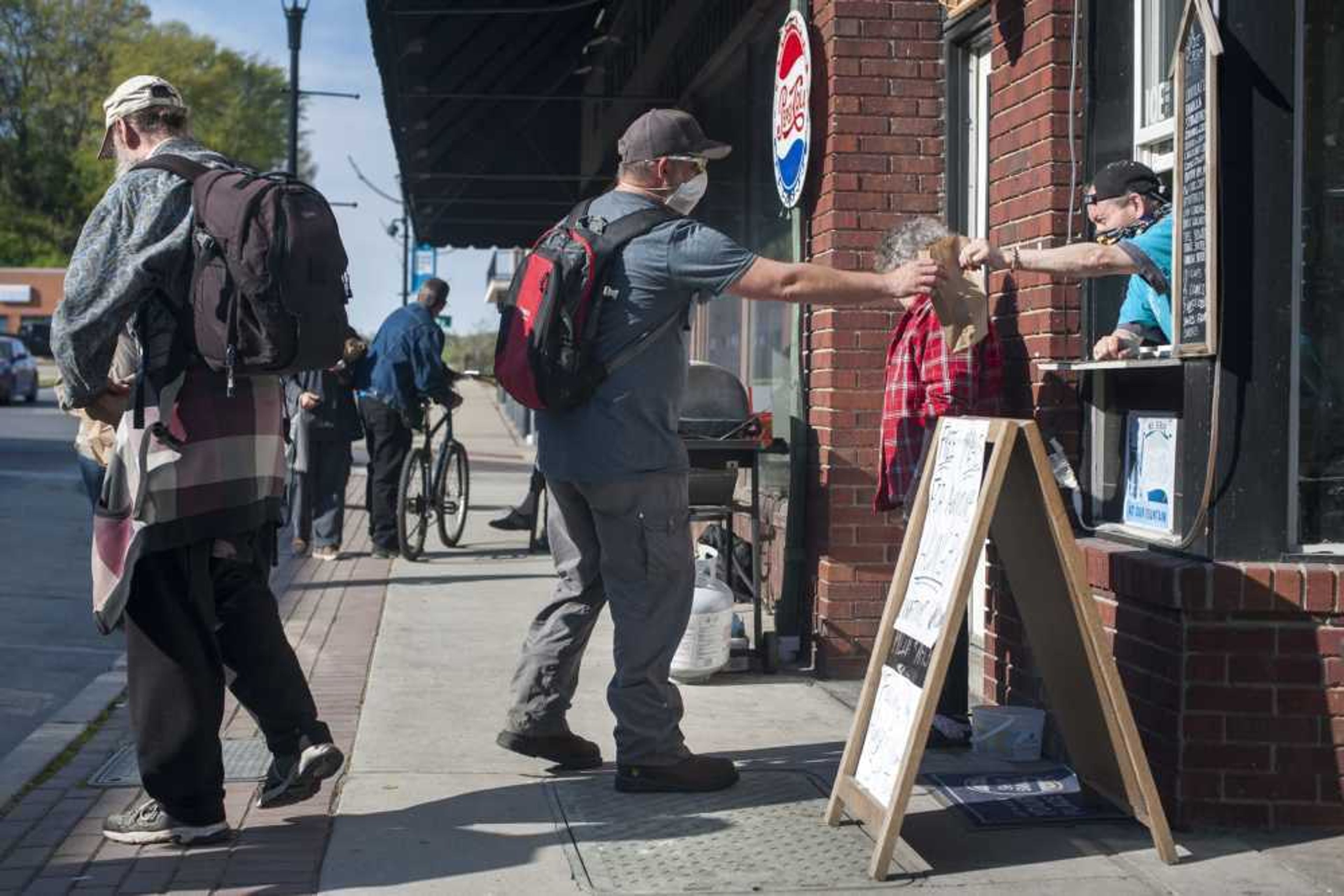2020 top stories: What else but coronavirus?
Time to reach back into the memory bank to identify top stories for the past year. This year, this isn't a difficult exercise. COVID-19. Early. Often. Everywhere. From the day we first heard of it until today, this coronavirus has affected in ways large -- hundreds of virus-related deaths in Southeast Missouri -- and small -- toilet paper shortages...
Time to reach back into the memory bank to identify top stories for the past year.
This year, this isn't a difficult exercise.
COVID-19. Early. Often. Everywhere.
From the day we first heard of it until today, this coronavirus has affected in ways large -- hundreds of virus-related deaths in Southeast Missouri -- and small -- toilet paper shortages.
COVID-19 drove actions and reactions across the societal spectrum, and five components of the pandemic were writ large in the area -- the virus arrives, shutdown takes hold, "new normal" emerges, cases and deaths surge and a vaccine offers hope.
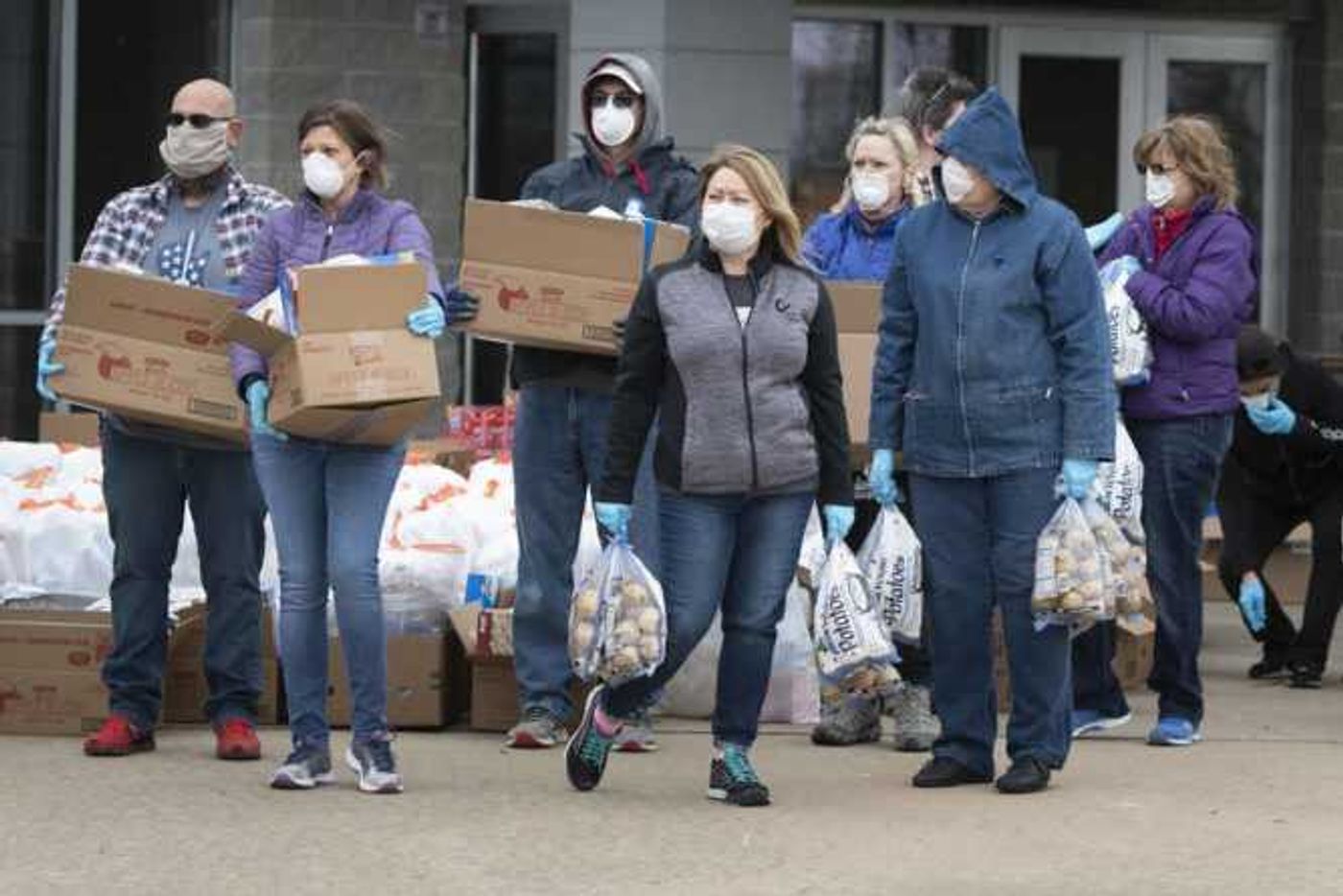
The virus wasn't the only important story of the year, though. Others captured our attention as well. We had an election. The recorded beating of a 12-year-old in downtown Cape Girardeau registered disgust. A man with an arsonist history set fire to an Islamic center. The City of Sikeson, Missouri, reached a monetary settlement with a man wrongfully imprisoned. And the most-read story at semissourian.com during the year involved the disappearance and eventual discovery of the remains of a Caruthersville, Missouri, woman.
Arrival
The first reported case of COVID-19 in the United States came Jan. 20, but it took weeks before authorities identified the first case in the area.
A Scott County woman contracted the virus, the first case in the area, presumably while out of state visiting relatives.
The first Cape Girardeau County case came March 6.
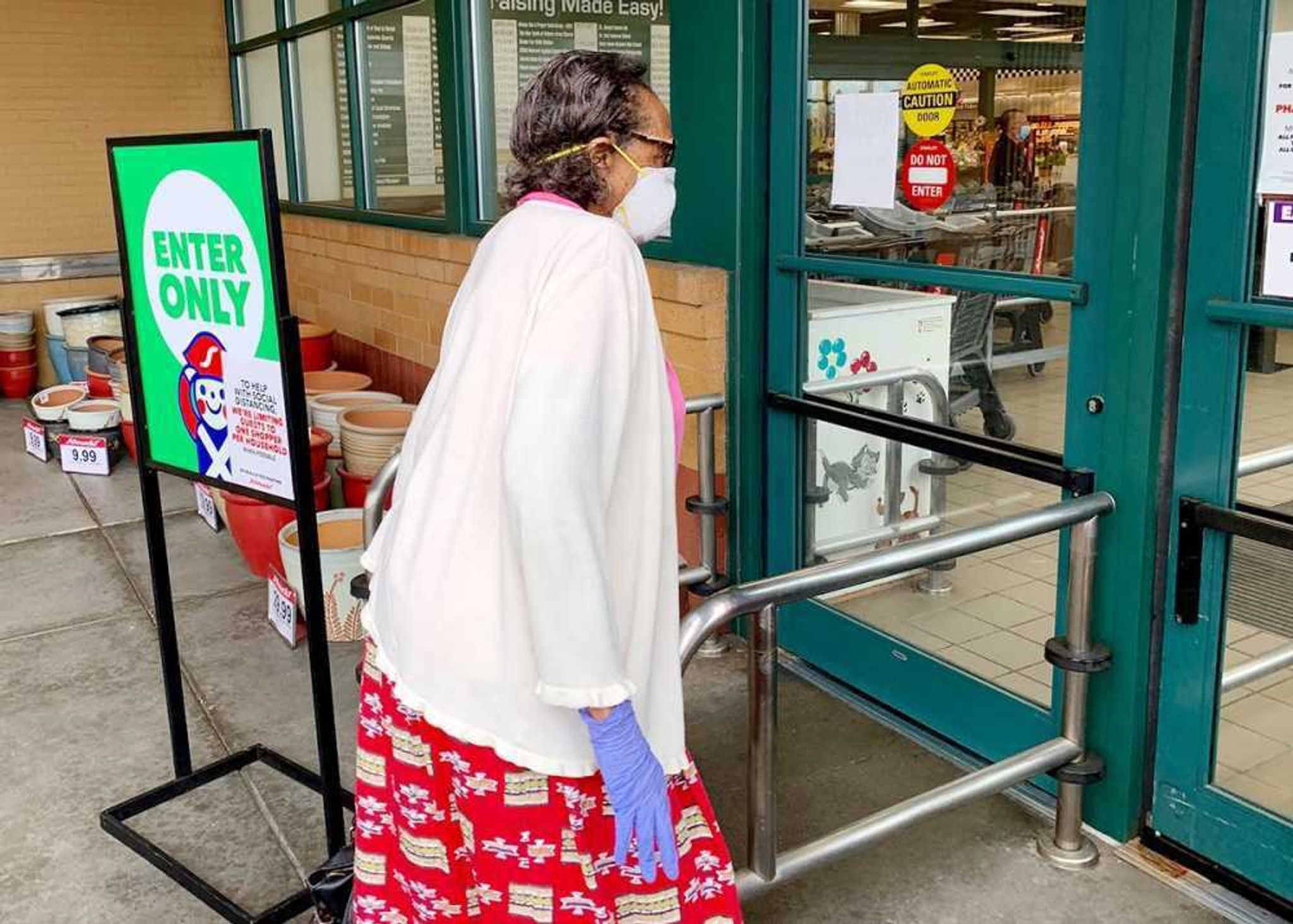
It would be 15 days later -- April 8 -- when area officials reported the first virus-related death.
In the early days of the virus' arrival, a community spread outbreak in Perry County and clusters of cases in long-term care facilities in Scott and Stoddard counties pushed the region's case numbers upward.
But for the most part, no one knew much about this coronavirus -- how quickly it might spread, how deadly it could be, how it would affect society as a whole.
Time would tell those stories.
Shutdown
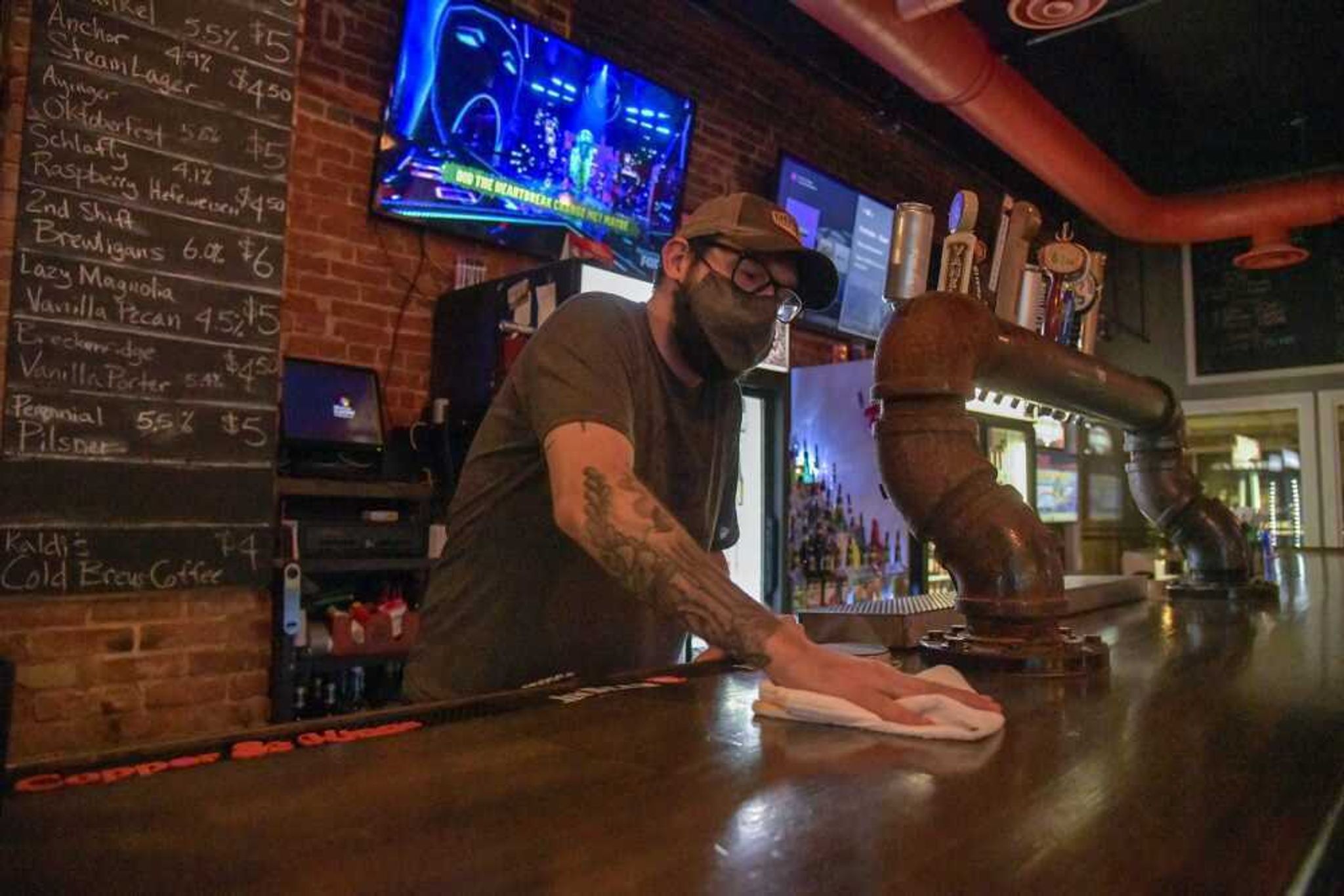
One particularly American way to tell if something is important is by whether it interferes with sports, and so it was the virus became tangibly real March 11.
On that day, the National Basketball Association postponed its season after a Utah Jazz player tested positive for coronavirus.
The next day, March 12, Major League Baseball canceled spring training and postponed the opening of its season. The Southeastern Conference abruptly canceled its men's basketball tournament, while players were on the court.
Those harbingers pointed to a wave of cancellations and postponements that would follow. Seemingly each moment brought a new announcement.
March 13 arrived with a frenetic pace of local event cancellations -- all Southeast Missouri State University events, 51st annual Lincoln Day celebration, St. Patrick's Day brunch, among others.
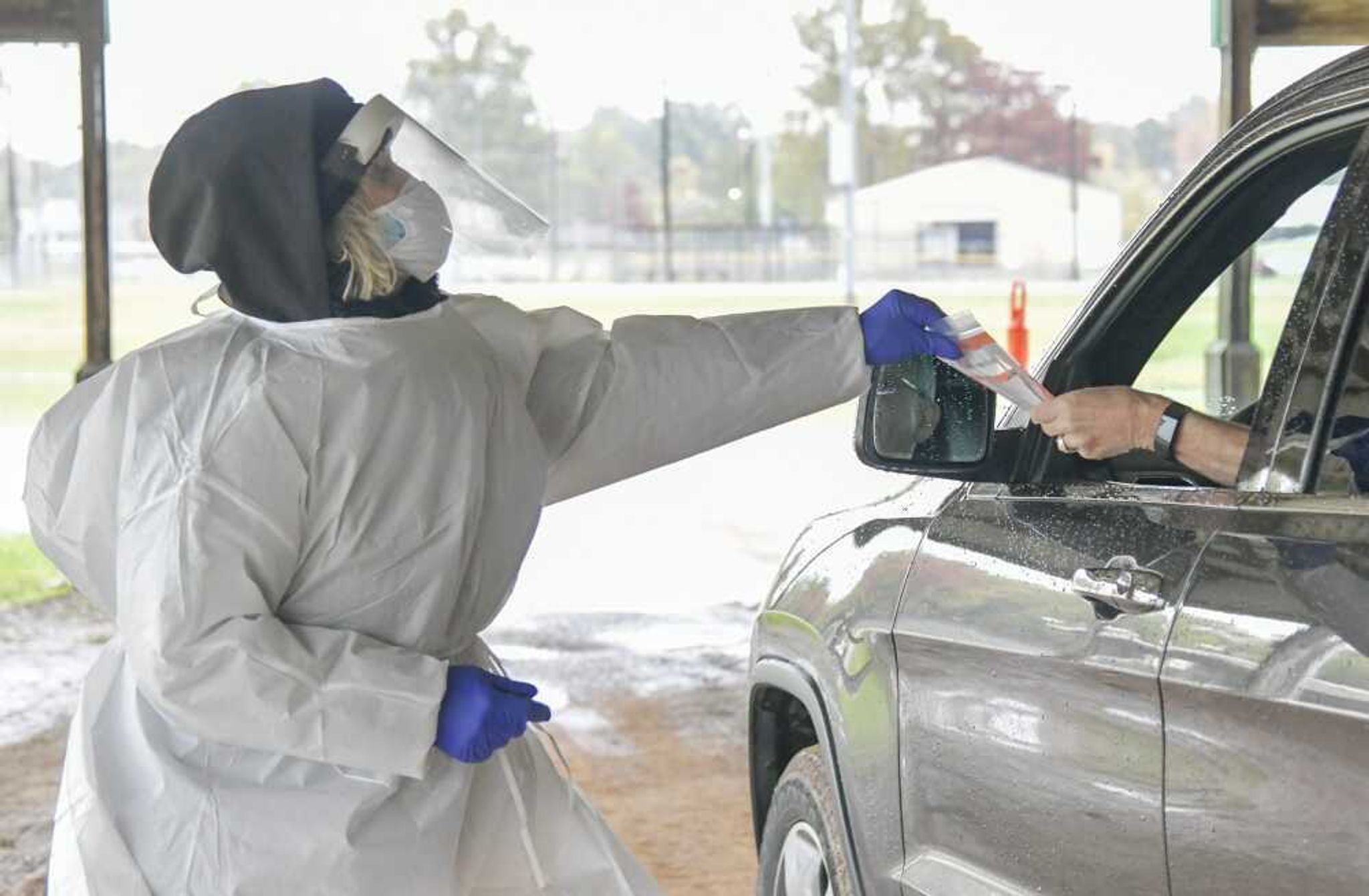
At the same time, businesses were beginning to address the virus, with Schnucks and Walmart announcing their stores would close overnight (they had been open 24 hours a day) to allow for extra cleaning and stocking.
But many shelves would be soon be bare.
'New normal'
The old saw about people scrambling to buy milk and bread anytime forecasters call for a chance of wintry precipitation seemed tame when compared to the impulse shopping -- hoarding? -- in the wake of coronavirus.
Toilet paper.
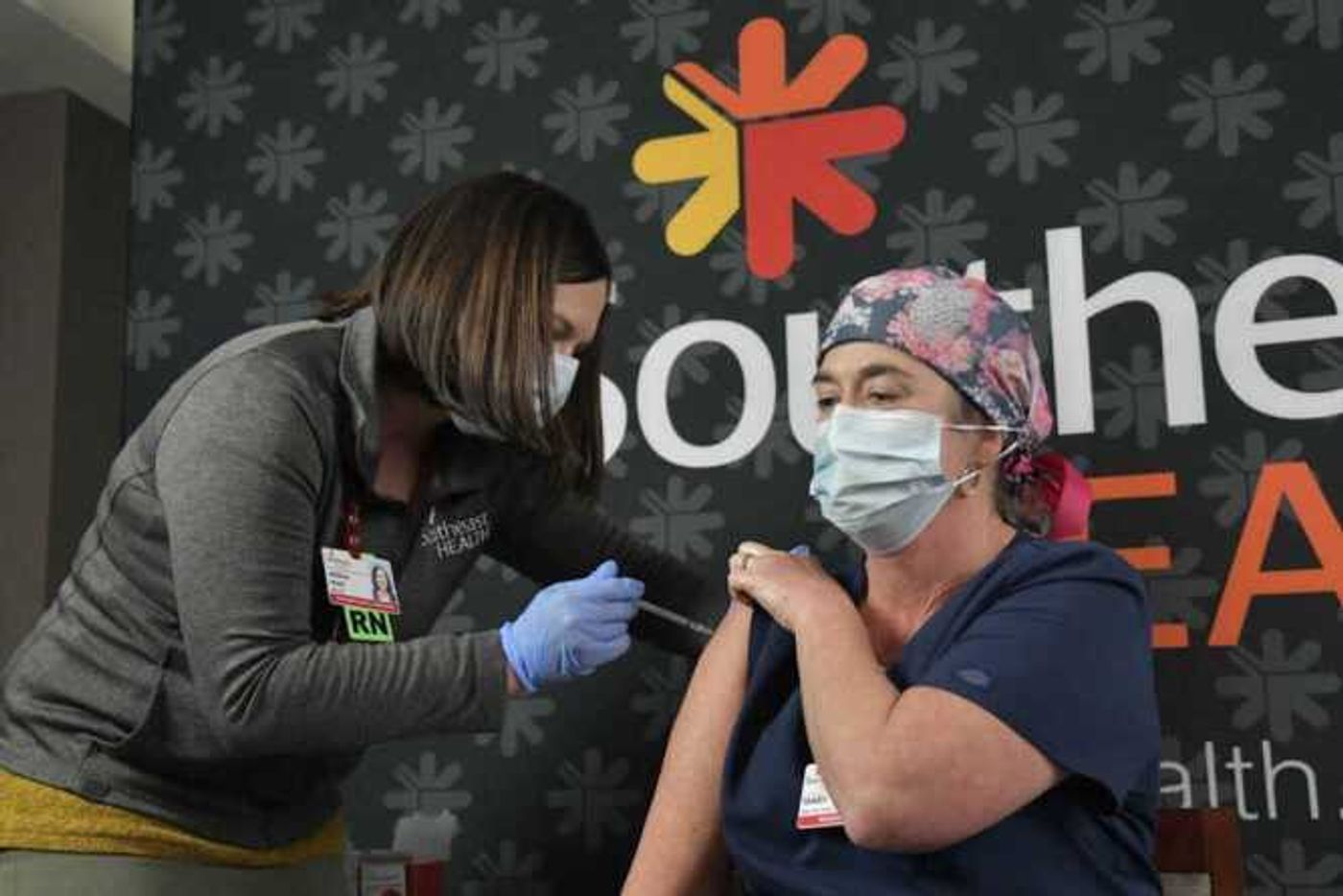
Hand sanitizer
Disinfectant wipes.
Good luck finding any of those.
Store shelves would become bereft of many food items in March and April, too. Meat counters were virtually empty. Bread aisles, same. Even frozen meals and canned goods were sometimes in short supply. Worry and fear fueled the shortages, and they would last throughout the spring and into summer.
But these were only one aspect of our new normal. By the end of 2020, face masks and social distancing had become routine (if not universally embraced).
Cape Girardeau County health officials declared a public health emergency March 27, and on the morning of July 13, a face-covering order went into effect in the county. The order compelled anyone 9 years old and older to wear a face covering in businesses and public spaces.
Not everyone supported or adhered to the order, and law enforcement officials quickly pointed out it was not up to them to enforce the order.
At public meetings of governing bodies, some county residents called the face-covering orders "despicable" and "un-American."
Yet, the order remains in effect today and will until active virus cases fall below 200 in the county for 14 consecutive days. As of this week, there are about 1,600 active cases in the county.
Social distancing -- the term applied to maintaining 6 feet of space between people to slow the spread of the airborne virus -- entered the lexicon. It has taken the form of spaced-out footprints on the floor near cashiers, every-other-table-empty policies at restaurants and one-way aisles in grocery stores.
If COVID-19 affected our personal practices, it took a sledgehammer to the way businesses operate.
Many closed their offices to the public entirely for months and are only now reopening somewhat. Workforces that had nestled close together in cubicles spread out or worked remotely. Zoom became to communication what the telephone was a generation ago.
And schools ... coronavirus forced schools to balance in-person learning with remote instruction on the fly. Officials also wrangled with a secondary but incredibly important charge: getting food to children who otherwise wouldn't have any.
This new normal seems like second nature now, but it's amazing what we can get used to.
Unfortunately, we have gotten used to another aspect of this pandemic -- ever-growing numbers of the sick and the dead.
Fall surge
In the early months of the pandemic, virus cases grew slowly in the region.
It wasn't until June 3 that Cape Girardeau County marked 100 cases. On that same day, Stoddard County's case count grew to 100. Scott County's case count on that day was 113, sparked by an outbreak at a nursing home.
However, as summer turned to fall, case counts would spike, and along with them, so did the region's death toll.
Consider Cape Girardeau County's virus count growth. From March until June 3 -- nearly three months -- the county tallied 100 virus cases.
That number doubled in 27 days.
And doubled again in 15 days.
And doubled again in 37 days.
The county reached 1,000 cases Aug. 30, 2,000 Oct. 1, 3,000 Oct. 29, 4,000 Nov. 12, 5,000 Nov. 20, 6,000 Dec. 4 and 7,000 Dec. 18 and had tallied 7,688 cases as of Wednesday.
Virus-related deaths followed a similar trajectory. The county's death toll stayed below five until Aug. 4. By Sept. 1, that number had grown to 11. Oct. 1, the count was 32. Nov. 1, 53. Dec. 1, 70. As of Wednesday, 109.
Sparsely populated Bollinger County has recorded 1,200 cases and 13 deaths; Perry County, 2,100 cases and 23 deaths; Scott County, 3,500 cases and 63 deaths; Stoddard County, 2,700 cases and 59 deaths. The bulk of those cases came during a surge in the early fall.
The surge coincided with a huge increase in active cases in Cape Girardeau County.
Throughout the summer, active virus cases in the county hovered between 300 and 400. In the first weeks of September through the end of October, that number stayed above 500. In early November, after a brief drop, the number exploded, reaching 1,000 by the second week of November. It has risen to 1,600 as of this week.
As the numbers continued their climb and the end of the year approached, help appeared on the horizon.
In the form of a vaccine.
Hope
Operation Warp Speed was the name attached to efforts to develop a COVID-19 vaccine.
Less than a year after this coronavirus burst on the global stage, two vaccines have been awarded emergency use approval, and the first doses of them have been given in Southeast Missouri.
Missouri's first allotment of vaccine doses -- the Pfizer-BioNTech cold-storage version -- arrived Dec. 14.
A second vaccine, created by Moderna, has also been approved for emergency use.
SoutheastHEALTH and Broadway LTC Pharmacy are among the state's pre-selected distributors.
The first vaccine doses were given to SoutheastHEALTH medical staff Dec. 16.
Since then, several thousand health care workers in the region have received the vaccine. Last week, the types of health care workers receiving the virus expanded to include those in dental, eye care and pharmacy fields.
The state's vaccine distribution plan calls for health care workers and staff/residents of long-term care facilities to be the first to receive the vaccine. Then, first-responder and essential personnel. In the third phase of the plan, the vaccine will be available to the general public. Officials have said they hope anyone who wants a vaccine will be able to receive one by late spring or early summer.
Brooke Holford contributed to this story.
Connect with the Southeast Missourian Newsroom:
For corrections to this story or other insights for the editor, click here. To submit a letter to the editor, click here. To learn about the Southeast Missourian’s AI Policy, click here.

